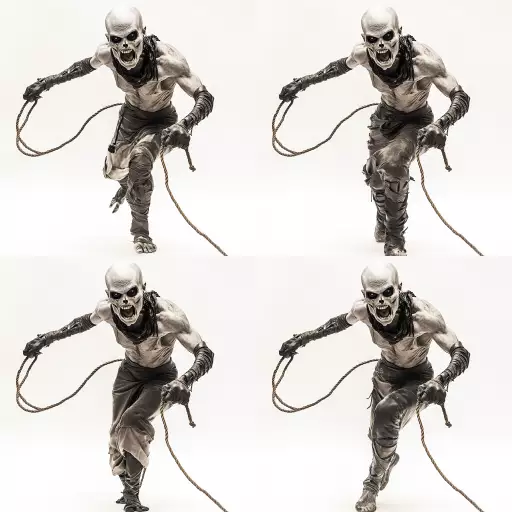Explore the Best AI Image Gallery

Pixel Perfect: AIs Impact on Product Photography
The world of product photography is undergoing a dramatic transformation, fueled by the rapid advancements in artificial intelligence (AI). From automating tedious tasks to creating stunning visuals, AI is reshaping how products are presented and perceived. This blog post delves into the multifaceted impact of AI on product photography, exploring its diverse applications, ethical considerations, and potential future trends.
Unlocking Efficiency with AI-Powered Tools
AI-powered tools are streamlining various aspects of product photography, boosting efficiency and freeing up time for creative endeavors. Heres a glimpse into some key applications:
- Automated Image Editing: AI algorithms can automatically enhance images, adjusting brightness, contrast, color balance, and sharpness with remarkable precision. This eliminates the need for manual editing, saving photographers valuable time and resources.
- Background Removal: AI can seamlessly remove backgrounds from product images, allowing for easy integration into different marketing materials or online platforms.
- Object Recognition and Tracking: AI can identify and track specific objects within a scene, enabling photographers to focus on capturing the desired product with perfect composition and lighting.
Elevating Creativity Through AI
Beyond efficiency gains, AI is also empowering photographers to push creative boundaries:
- Generative Image Creation: AI models can generate entirely new images of products based on textual descriptions or existing photographs. This opens up exciting possibilities for visualizing unique product variations or conceptual designs.
- Personalized Product Visualizations: AI can create customized product imagery tailored to individual customer preferences, showcasing different colors, styles, or accessories in real-time.
Navigating the Ethical Landscape
As with any powerful technology, the integration of AI into product photography raises ethical considerations that must be carefully addressed:
- Transparency and Authenticity: Its crucial to clearly distinguish between AI-generated imagery and photographs taken by human photographers. Consumers have a right to know when images have been manipulated using AI.
- Bias and Representation: AI models are trained on vast datasets, which can inadvertently perpetuate existing biases in representation. Its important to ensure that AI-generated product imagery reflects diversity and inclusivity.
- Job Displacement: The automation capabilities of AI may raise concerns about potential job losses in the photography industry. Its essential to explore strategies for retraining and reskilling photographers to adapt to these evolving demands.
The Future of AI-Powered Product Photography
The convergence of AI and product photography is just beginning. We can anticipate further advancements that will continue to redefine the industry:
- Enhanced Realism: AI will create even more realistic and immersive product visualizations, blurring the lines between physical and digital experiences.
- Personalized Shopping Journeys: AI-powered product photography will enable highly personalized shopping experiences, tailoring product presentations to individual customer preferences and purchasing histories.
- Interactive Product Displays: AI will empower interactive product displays that respond to user input, allowing customers to explore products from multiple angles, customize features, and try on virtual garments.
AI is poised to revolutionize the world of product photography, offering unparalleled opportunities for efficiency, creativity, and personalization. As we embrace these advancements, its imperative to address ethical considerations and ensure that AI technology serves as a tool for empowering both photographers and consumers.







](https://images.ai-img.art/thumbnails/150/bddf3ae4a232290858389b933c866ad3be429ef2e25c23a9f4d7713ed6e44d0b.webp)










](https://images.ai-img.art/thumbnails/150/f67d9af3398150f2ab1bcf250717fea134275e2ca896252b54a4d9bb3719f9ac.webp)
](https://images.ai-img.art/thumbnails/150/008b5d5d49667cc2e93a5f8a8adfaa545963da99c39ff0901f5296294636400d.webp)
](https://images.ai-img.art/thumbnails/150/4289d1230b86a96c4d556636c3167bed0ef38f850826549517e4e45db4d87bf7.webp)










](https://images.ai-img.art/thumbnails/150/f9584153b4cddd8c9fab611dc10247549b275c59bc173251e37d0935874f9deb.webp)

](https://images.ai-img.art/thumbnails/150/c2c9c48b38fae37f0a457b80b084ed01ba803810fc8f488c8f610c03abc74049.webp)







